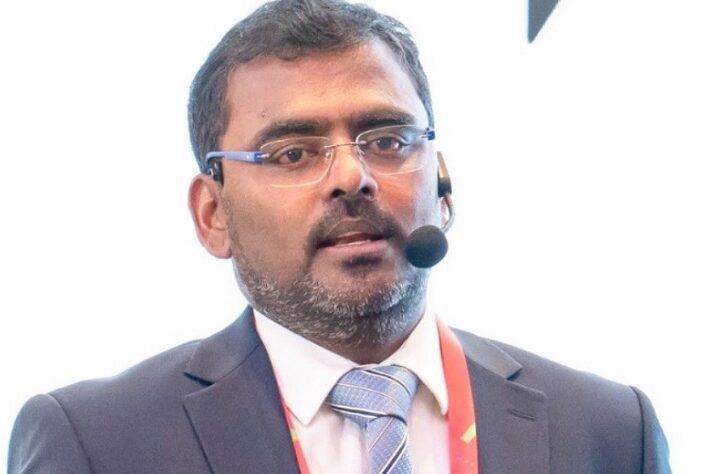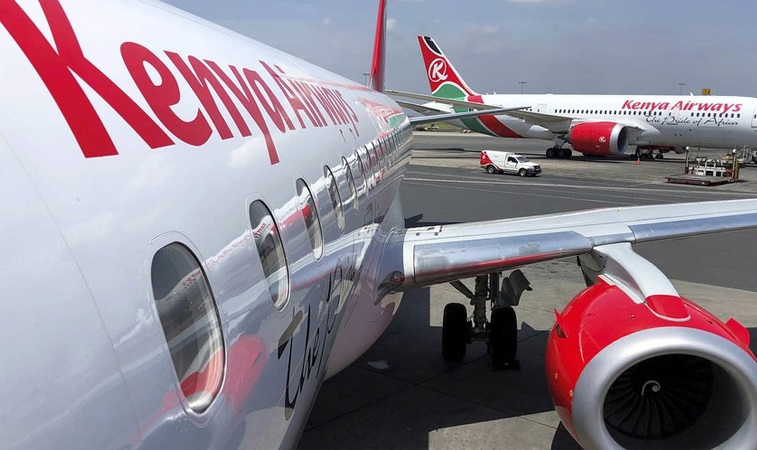Across the world, there is an increasing incidence and mortality of cancers, particularly in low and middle-income countries, such as Kenya.
The recent Lancet commission on cancer in sub-Saharan Africa in 2021, showed that over the past 30 years, there has been a doubling in cancer incidence, with over half a million deaths in 2020. This number is predicted to double by 2030 thus underscoring a need for urgent action.
This incidence may be attributed to a combination of factors such as an increase in life expectancy combined with the adoption of unhealthy dietary habits, consumption of tobacco and alcohol and lack of physical exercise and environmental factors and exposure, infections (a quarter of cancers in Africa are associated with infectious diseases such as hepatitis B and c and human papillomavirus) and genetics.
The Health Cabinet Secretary, H.E, Susan Nakhumicha, while reflecting on the recently released ‘Status of Cancer in Kenya Report’ by the National Cancer Institute of Kenya, noted that there are 27,000 cancer-related deaths recorded every year in Kenya, with about 75 deaths a day.
The leading cause of cancer deaths is esophageal, followed by cervix, breast, and liver cancers. Breast cancer is the most commonly diagnosed cancer in Kenya, with an annual incidence of about 6,000 new cases and 2,500 cancer-related deaths.
The government of Kenya has made considerable strides in improving access to cancer services and has launched many initiatives to address this rising cancer burden. The national hospital insurance fund now covers some of the costs of treatment such as chemotherapy and radiotherapy.
There have been commendable efforts to decentralize access to chemotherapy, having established 10 fully functional county-level chemotherapy centers, and radiotherapy services with the development of regional comprehensive cancer centers in Nairobi, Mombasa, Nakuru, and Garissa. There has also been an increase in diagnostic equipment in a number of counties, including CT-Scans, ultrasonography, mammography, etc.
There has been an expansion of enabling policy with the launch of the New Cancer Control Strategy 2017-2022, by the Ministry of Health and its current ongoing revision. This is a national effort to address the growing burden of the disease in the country.
The care and treatment of cancer involve three major aspects: systemic treatments like chemotherapy and immunotherapy, and local treatments like radiotherapy and surgery. These are frequently used in combination to treat and potentially cure or palliate patients.
The government’s efforts in increasing chemotherapy and radiotherapy services are laudable. However, surgical services continue to lag behind the progress made in the other aspects of cancer care. We have also had a promising expansion in local and regional training in both medical oncology and clinical oncology, but there has not been much surgical oncology training in the East African Region.
Surgery is one of the major pillars of cancer care and control. More than 80 percent of all cancer patients will require surgical procedures and one-third of patients will require multiple surgical procedures thus underscoring the need to develop these critical services. Surgery can be preventive, for instance, removing a polyp before it turns into cancer, diagnostic: when biopsies are performed, curative when a breast lump or colonic tumor is completely removed or supportive, palliative or reconstructive (e.g. reconstructing a limb or breast after removal of cancer.
The Lancet Commission on global surgery in 2014 showed that nine out of ten people (5 billion people) have no access to safe, timely, and affordable surgery with an additional 143 million more surgical procedures needed in lower medium-income countries every year, to prevent death and disability.
Safe surgery does not refer to the actual surgery only but also includes the peri-operative care, anesthesia, and diagnostics that help to support successful surgical outcomes. This is particularly pertinent in Africa, where data from the African Surgical Outcomes Study (ASOS) shows that patients are twice as likely to die from routine, planned, common surgeries as compared to the global standard.
The Lancet Commission on Cancer Surgery in 2015 showed that less than a quarter of patients globally had access to affordable, safe, timely cancer surgery with 15.2 million new cancer patients requiring surgery in 2015 and a projected estimation of 48 million cancer surgeries being required by 2030. In the sub-Saharan region, there is a huge deficit in healthcare workers and more so in the field of oncology, and even more so, in surgical oncology. There is a need to train more cancer surgeons to strengthen health systems, if we are to offer patients comprehensive, curative, and palliative cancer services.
Cancer surgery involves a multi-disciplinary team of surgeons, medical and oncology radiologists, pathologists, and anesthesiologists. Before any cancer surgery is done, the team will discuss and decide on a treatment plan which is then communicated to the patient. Sometimes this plan may involve chemotherapy first to shrink cancer and make surgery safer. At the time of surgery, the intent is usually to remove the entire cancer, with a margin of normal tissue, in order to prevent local recurrence and is often the definitive (curative) treatment for many solid cancers like breast, colon, or prostate tumors. Good cancer surgery is thus a key component of effective cancer treatment.
In many lower and middle-income countries, general surgeons form the center of cancer treatment. However, the training may vary and the skill sets to do good cancer surgery may also differ. In many parts of Africa, due to deficits in both surgical oncology and medical oncology, general surgeons are involved in diagnostics, cancer surgeries, and in some cases, even administering chemotherapy and giving follow-up care to cancer patients. Despite this gap, there have been few large-scale efforts to improve access to oncological surgical services and training.
To mitigate this, the African Organization for Research and Training in Cancer (AORTIC), the Pan African Women Association of Surgeons (PAWAS), and the Kenya Society for Hematology and Oncology(KESHO) in partnership with the Aga Khan University Hospital have designed surgical training to impart skill sets to general surgeons to enable them to operate safely on cancer patients and to provide a better understanding of the multidisciplinary approach to cancer management.
The Pan African Women Association of Surgeons in collaboration with the Kenya Association of Breast Surgery, through the Surgical Society of Kenya, has also been holding a series of training workshops to educate and empower healthcare providers to give quality surgical services. These initiatives are in anticipation that with time, more sustainable long-term training will be provided.
The Aga Khan University is also in the process of developing a training program for general surgeons for breast cancer surgery locally and in the region. This capacity building will consequently help to bridge some of the gaps that patients face in accessing quality and timely surgical cancer care in our region.
By Dr. Miriam Mutebi, Consultant Breast Surgical Oncologist at Aga Khan University Hospital










